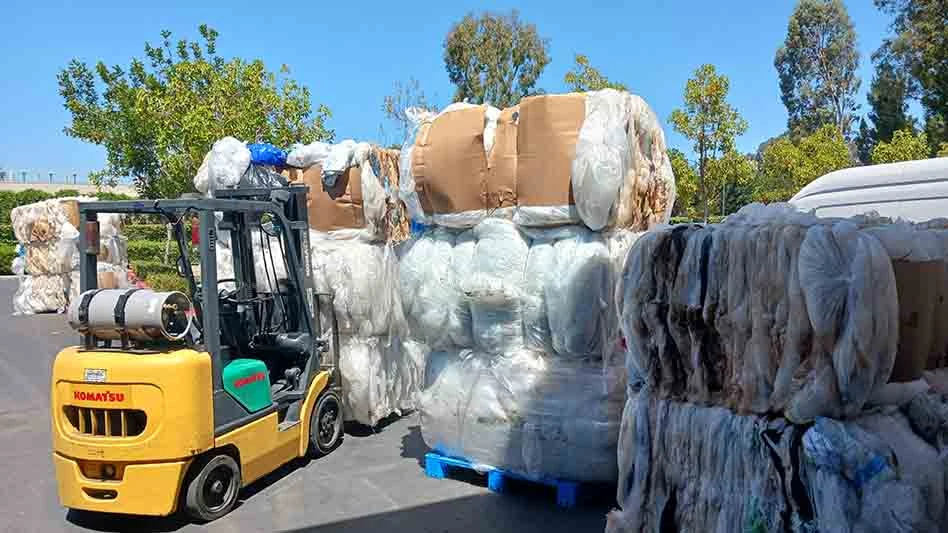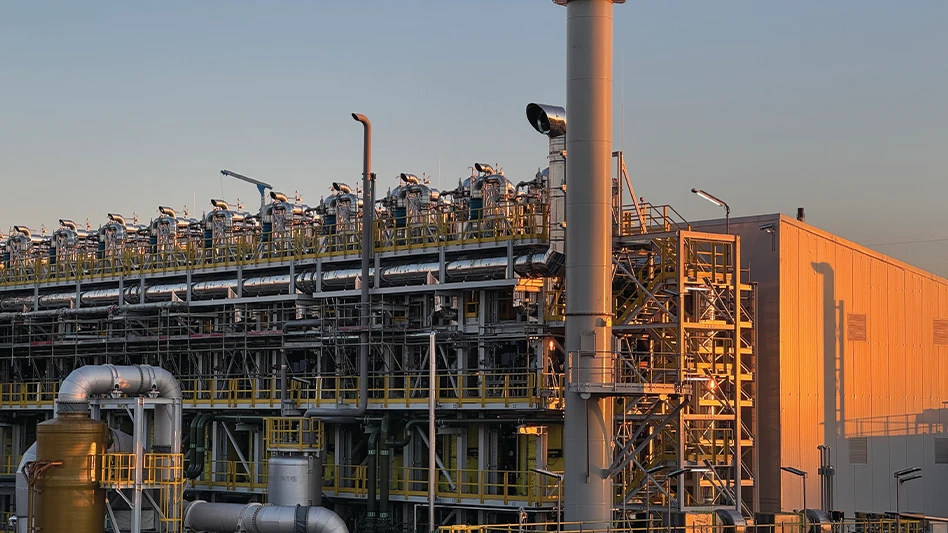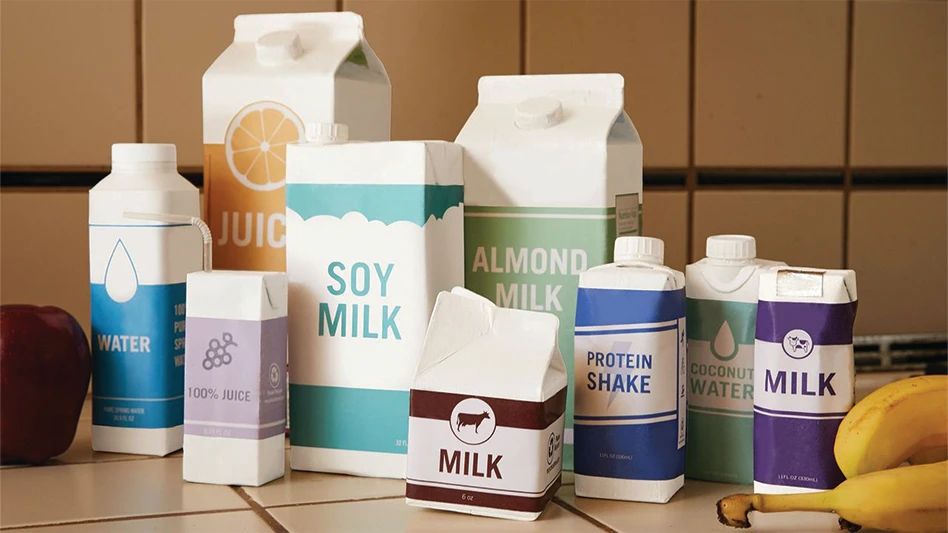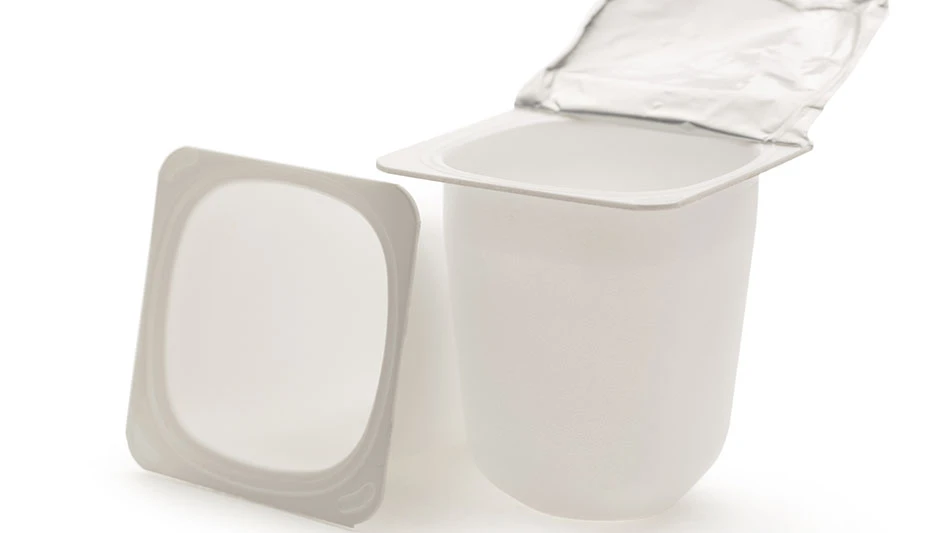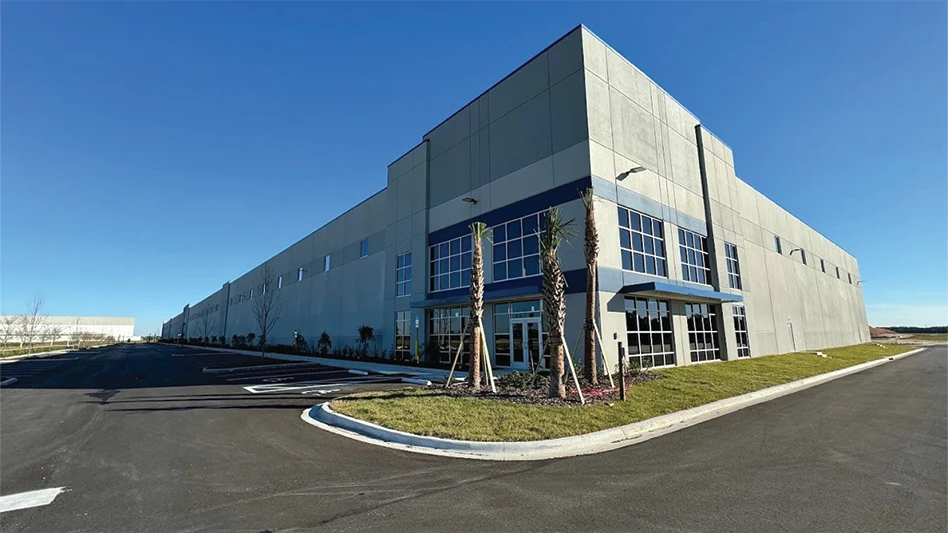
It’s still in the early stages, but Colorado’s extended producer responsibility (EPR) legislation for packaging is taking shape and could lead to a dramatic increase in the state’s recycling rate within the next decade.
The Producer Responsibility Program for Statewide Recycling Act, or H.B. 22-1355, was signed into law in June 2022 and requires producers of packaging and paper products to fully fund and implement a statewide recycling program.
In May 2023, the Colorado Department of Public Health and Environment (CDPHE) appointed the Washington-based nonprofit Circular Action Alliance (CAA) to develop a convenient, cost-effective program to provide free and equitable recycling of packaging and paper to all Coloradans.
Serving as the state’s sole producer responsibility organization (PRO), CAA, which was formed in 2022 by a group of 18 companies from the food, beverage, consumer goods and retail industries, including Amazon, The Coca-Cola Co., Unilever and Walmart, has followed an aggressive timeline. Last August, it selected Omaha, Nebraska-based HDR and Eunomia, which has a U.S. office in New York City, to conduct a statewide recycling needs assessment that was submitted for review in late January.
As of press time, the CDPHE’s recommended program has been submitted to the state’s joint budget committee for approval. If approved, CAA, with the aid of an EPR advisory committee comprised of 13 stakeholders, including those in the hauling, packaging, recycling and legislative sectors, will develop how to implement the program, with a deadline of Feb. 1, 2025. The finalized program, complete with a statewide minimum recyclables list, is scheduled to begin in the first quarter of 2026.
The joint budget committee was to make its decision on the program by March 15 but was delayed by an otherwise crowded agenda. If the committee votes down the CDPHE’s program proposal, the state will need to consider new legislation that potentially could delay the plan’s implementation.
The needs assessment found only 22 to 28 percent of consumer packaging and paper products in the state are being recycled. A producer-funded statewide recycling program has the potential to increase the recycling rate to 47 to 60 percent by 2035, depending on the program scenario selected.
“We’ve struggled with a low recycling rate for a long time, and there’s numerous challenges to that,” says Wolfgang Kray, leader of the CDPHE materials management unit. “The thing I’m most excited about is the potential of this program to develop convenient, cost-effective statewide programs for all communities throughout the state.”

Assessing the situation
Colorado’s statewide recycling needs assessment shows that a statewide EPR program potentially could more than double recycling rates by 2035. It is estimated to cost producers between $160 million and $260 million to launch and maintain by 2030 and between $190 million and $310 million by 2035.
The research process produced more than 100,000 data points on the state’s recycling and composting services through a variety of interviews, facility tours, surveys, stakeholder conversations and more.
The assessment divides Colorado into four regions: Eastern Plains, Front Range, Mountains and Western Slope, and each region is unique.
Population differences also must be considered. Kray says the Front Range comprises 84 percent of the state’s population and 80 percent of material generation, whereas the Western Slope contains 7 percent of the state’s population; the Mountains, 6 percent; and the Eastern Slope, 3 percent. The Mountains region includes tourist destinations such as Aspen, where population varies by season.
CAA project representative Peter Hargreave says each jurisdiction in the state also has slightly different issues around the movement of materials and potential end markets for recyclables.
“I think in Colorado there are some unique challenges around servicing areas that are tourism hubs,” he says. “You’ve got high seasonal populations that are flowing in and out of those areas. That will increase some challenges [in] how we make sure we’re providing a level of education for what is, potentially, a seasonal population that ... doesn’t live there year-round and ensure they have service.”
According to the needs assessment report, a statewide recycling program could yield a number of benefits:
- About 20 percent of households in rural areas have curbside recycling services, which could increase to 55 percent, while others could benefit from expanded drop-off collection.
- Around 500,000 new households in municipalities will receive curbside recycling services.
- Areas with the lowest income per capita will experience the largest increase in recycling access.
- A common minimum recyclables list would support consistent education to improve recycling participation, reduce contamination at recycling and composting facilities and increase the recycling rate.
- Investments in material recovery facilities (MRFs) could yield an additional 600,000 tons of capacity for com-mingled recyclables per year, representing a 60 percent increase in what the current system can manage.
- In-state end markets—particularly for glass—could be expanded, creating a closed-loop system.
“I think one thing that stands out is there’s a significant opportunity to deal with some of the inequities that are currently in place, who has access to recycling and who doesn’t,” Hargreave says of the report. “When you look at the needs assessment, there is a very small amount or a low percentage of people who live in households in rural areas who have access to curbside servicing.”
He says more closed-loop systems could be created within the state for plastics as well as glass, offering a good opportunity for materials to be collected and reintegrated into Colorado’s economy.
The report estimates the total cost of capital upgrades needed at existing MRF infrastructure in the state is between $85 million and $100 million. These costs apply to the nine MRFs in Colorado that provided data for the assessment and represent the major recycling facilities in the state, yielding around 600,000 tons of estimated additional capacity for all commingled recyclables. Three new MRFs in the Front Range are planned to start operations in 2025 and 2026, the report notes, and are expected to add approximately 243,000 tons of processing capacity for commingled recyclables.
The assessment says the total cost of capital upgrades to Colorado’s compost facility infrastructure is around $49 million to process additional food scraps and compostable packaging.
Capital upgrades to existing transfer stations will range from $1.3 million to $2.3 million per transfer station, adding another 70 tons per day of capacity, with varied levels of infrastructure and equipment improvements. Upgrades to existing transfer stations to begin accepting compostables will range from $1 million to $2.3 million per location.
Kray notes the state’s existing recycling infrastructure includes a fair amount of unused capacity. “With some additional equipment, [MRFs and composting facilities] can increase output by 60 percent without even having to build additional capital investment,” he says.
The assessment presents three program scenarios—low, medium and high—which were developed using estimates of their impacts on collection and recycling rates of the covered materials to be met by 2030 and 2035, including associated operating and capital costs.
Ultimately, the CDPHE chose the medium scenario to present to the joint budget committee for approval.

Going medium
Kray says the medium scenario felt like the best option because it includes funding for infrastructure and development for recycling and composting facilities at a much higher level than the low scenario.
Under the medium scenario, the needs assessment estimates recycling rates for paper and packaging will increase from 25 percent to 44 percent by 2030 and up to 58 percent by 2035. Curbside recycling will reach 500,000 additional households at no cost to the state. A 410,000-ton annual reduction in waste is projected by 2035, as well as the avoidance of an additional 1.3 million metric tons of CO2 annually.
Additional benefits under the medium scenario are weekly curbside recycling for the Front Range region; convenient access and equitable recycling services in rural regions and a phased build-out of infrastructure; and increased efficiency from facility upgrades.
Elizabeth Chapman, a member of the state’s EPR advisory board and the executive director of nonprofit Recycle Colorado, says another potential benefit of the program is expanding recycling access to multifamily properties, where such programs currently are lacking.
“I think that is one of the most meaningful and impactful things that can happen that can start to bring a more equitable recycling system to the state,” she says. “That’s already written into the law, and that’s something that I think is very important, not only to capture more material but to provide a tool to those parts of our population that have expressed they want to be a part of this program, they want to recycle, but they’re in a position [where it’s very difficult].”
The medium scenario could create 5,700 direct and indirect jobs by 2030 and 7,900 jobs by 2035 from 410,000 additional tons being recycled annually, according to the report.
Local governments also should benefit from this scenario. For example, the total cost savings for the city and county of Denver under the medium scenario are estimated at $14.2 million in 2030 and up to $16.3 million in 2035.
Items in the scenario’s proposed minimum recyclables list for curbside collection include packaging paper; corrugated cardboard; gable-top and aseptic cartons; clear polyethylene terephthalate (PET) bottles, jars and jugs; steel containers; aluminum beverage and nonbeverage containers; and clear or colored glass, among many others.
“We want to see consistency across the program to take care of that confusion factor with what is recyclable,” Kray says. “It varies so much across the state, and under this program, we’ll now have it universal as far as what’s covered and what would be included in-stream.”
A proposed additional materials list for curbside, drop-off or other means of collection that could one day be added to the program includes shredded paper, molded pulp food service ware, paper cups, colored opaque PET containers, plastic film and more.
The timeline
If the medium scenario is approved, CAA will begin piecing together the program ahead of its Feb. 1, 2025, deadline. Producers selling packaging in Colorado then will be required to participate in the PRO by July 1, 2025, and will begin paying dues to the PRO by Jan. 1, 2026, when the program begins, based on a current tentative timeline.
Hargreave says the current objective is ensuring the PRO can continue to get closer to implementing the law.
“I think the objective is how do we deliver, how do we make sure that we can achieve the results that the recommended scenario puts forward to increase the amount of packaging and paper products that are being recycled within the state, ensuring there’s equitable access across the state for all Colorado residents, making sure we’re improving end markets for the materials being collected and looking at ways to make sure that the program is set up to entice better decisions around the design of packaging moving forward,” he says.
Get curated news on YOUR industry.
Enter your email to receive our newsletters.

Explore the April 2024 Issue
Check out more from this issue and find your next story to read.
Latest from Recycling Today
- Arizona AG says consumers were misled over recycling bags
- PRE warns European plastic recycling industry facing ‘imminent collapse’
- NWRA, Informa partner to launch Waste Leadership Summit
- Circular Action Alliance appoints new executive director in California
- Aduro reports fourth-quarter, FY25 results
- EverestLabs announces first international deployment
- Sunnyvale, California, awards contract to BHS
- Scrap Expo session preview: Technology Spotlight—Refining Recovered Metal
